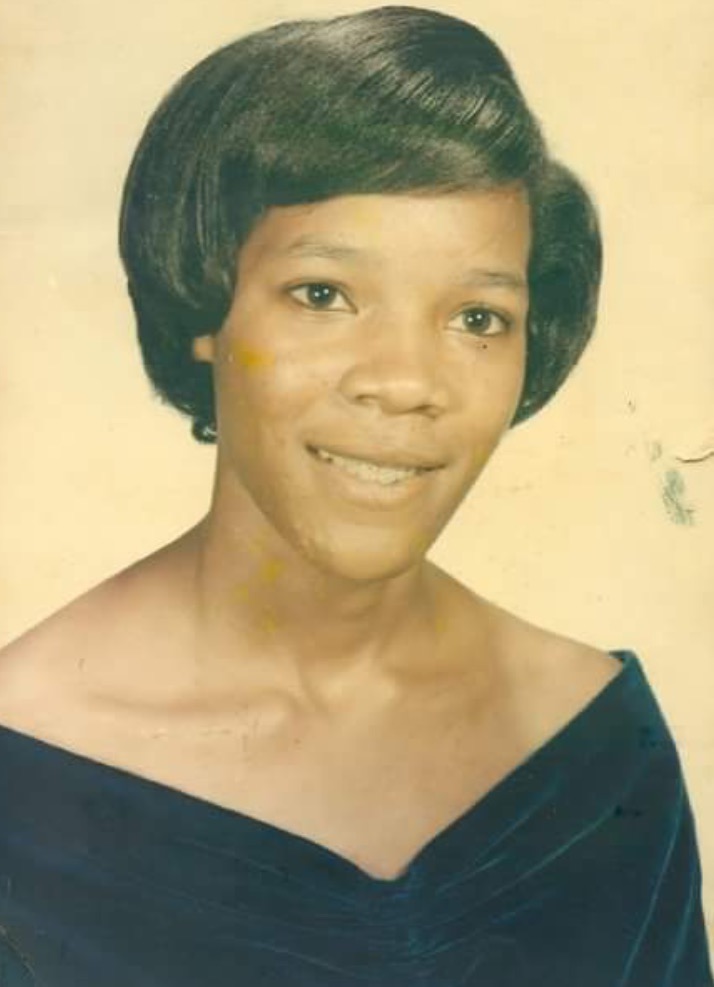Black Victorian Elegance in 19th Century America
- T. Brookshire

- Dec 17, 2023
- 3 min read
Updated: Dec 19, 2023
During the Victorian period in England from 1837-1901, the same Victorian values dominated American social life as well. It was a period of great change in the world due to new inventions, scientific discoveries, and social change. The notion of separate spheres of life for men and women was commonplace. It also expressed itself in religion, art, literature science, public morality, the theater, and in public opinion. But starting in 1880, a fascinating trend emerged in some African American communities.
Black Victorian men and women started to join the middle or upper class while appearing to be living just as luxurious lives as their white counterparts. And these "Black Victorias" (commonly used to describe the Black Woman) made a name for themselves in a variety of ways in both England and the United States. In addition to mirroring white, upper-class culture, Black Americans were also introduced to Victorian culture by Blacks born in England who traveled to North America with white settlers. Even more, as slavery decreased, free Black people maintained aristocratic appearances, based on their white employers or local culture.

The Black Victoria trend appeared to be especially popular in Illinois, where a diverse group of Black locals from the North and migrants from the South came together during the post-emancipation period shortly after the American Civil War.
In the so-called "high society," the Black Victoria was a new standard of beauty for Black women that had never been seen before in America. For the small, but prominent, Black population in Illinois at the time, Black Victoria subscribed to the "cult of true womanhood" by combining the fashion ideals from white society with the traditions from Black society. But Black Victoria, like her white counterpart, was devoted to her role as a dutiful wife and mother, thus upholding a “virtuous and modest” home.
This ideal woman spent her leisure time in a variety of social activities, including attendance at teas and luncheons, parties and church activities. The Black Victorian woman was virtuous, modest, and well-groomed, and her attire was immaculate. Her personality was amiable and her value system was traditional.
Of course, there was far more to Black Victoria than embodying the ideals and beliefs of white women. And she didn't simply define herself by her hard work in the domestic sphere. After all, Black women in the Victorian era weren't just housewives and mothers. From educators and artists to debutantes and philanthropists, many of these women were determined to carve out their own paths that were completely separate from the home.

First and foremost, she was intelligent and well-educated. She displayed a strong community and racial consciousness. Self-confident and out-spoken, she was highly esteemed by her community which frequently applauded her as a role model for young people. In these areas, the Black community’s expectations of the ideal woman differed from those of the larger society. Black Victorian women were proud of the work they did both outside the home and within their own Black community. And because they were enlightened activists committed to uplifting the Black race, they were well aware of the many cultural and racial issues that their neighbors faced. As a result, Black Victorians used their influence and resources to help the disadvantaged and underserved.

At a time when Black people were depicted as animals at worst and caricatures at best, the Black Victorias were expected to be upstanding representatives of the middle- and upper-class communities. And the standards placed upon them were rigorous.
While middle-class and upper-class Black Victorian families were progressing economically, they were also held back by many of the societal norms of their time. It was becoming clear to many Black women that American society needed a major overhaul when it came to racial and women's equality. And much like today, Black Victorias were willing to lead the charge to make those radical changes happen. While legal slavery was abolished in Britain in 1833 and in the United States in 1865, legal racial discrimination remained an issue in both countries for several decades, as Jim Crow wreaked havoc on the hope of the Reconstruction Period in America. These laws and many other factors arguably paved the way for the demise of the Black Victoria, but also ushered in a historic era of civil rights activism that continues to this day.

The Black Victorian Period only lasted a little over two decades since the end of the era was marked by the passing of Queen Victoria in 1901. And since mainstream history and entertainment inundates us with the common knowledge that all black people were enslaved in America until the late 1800s, it's beautiful to see these incredible images and hear stories of noble Black women and men that lived in a time before the Civil Rights Movement.
Other Resources
The black Victorians: astonishing portraits unseen for 120 years
The Guardian | https://www.theguardian.com/artanddesign/2014/sep/15/black-chronicles-ii-victorians-photography-exhibition-rivington-place
27 Rarely Seen Photos Of ‘High-Society’ Black Women During The Victorian Era
All That's Interesting |https://allthatsinteresting.com/black-victorian-women






















コメント